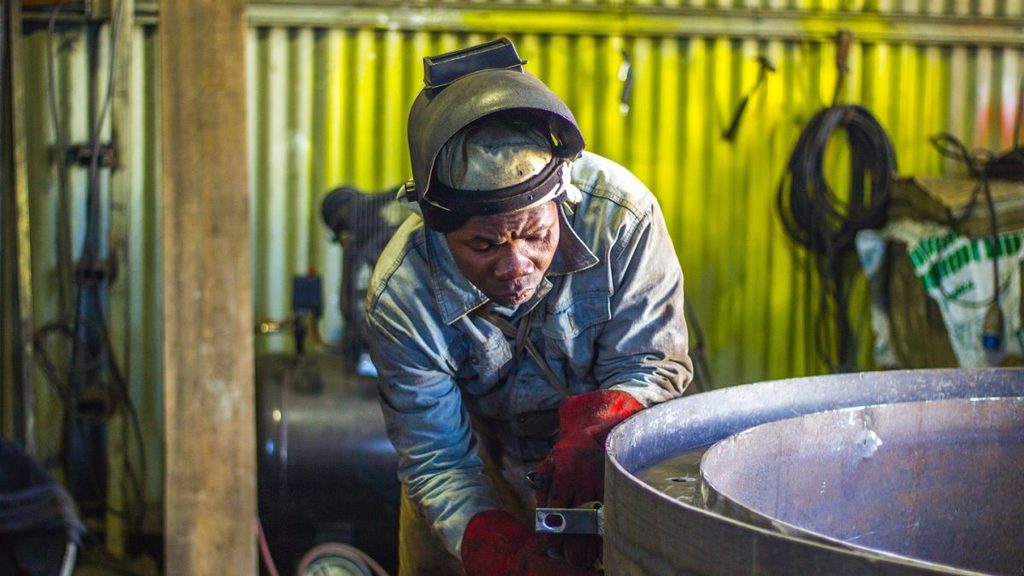There are mainly two kinds of water softening equipment that is being used at the industrial level. These two types are known as ion exchange softeners collectively. These two types of water softeners are cation/anion softener and lime softener. We will discuss various aspects of the water softening process one by one in both cases. This will allow you to draw point by point comparison and will help you see the positives and negatives of both methods more clearly. Let’s understand industrial water softener systems better!
-
Cation/Anion Softener
The first discussion is that of what methods. The two systems use the opposite charge to deliver the clean water. Cation reacts with water and uses positive charge to draw out impurities. Anion softeners use negative charge and take out metallic content such as calcium, magnesium, and iron for sodium.
-
Lime Softener
It is also known as the triple water softener. This process dissolves lime- soda into the water. The water reacts to the chemical and all the impurities solidify. The solidified materials settle in the bottom in the form of sludge, leaving clean and usable water on the surface. This water is extracted and utilized. If the water is warmed up before the process; the results become much better then with colder water.
Pros
Following are the strong points of both processes that we have laid out for you to review;
Cost Comparison
Ion exchange is cheaper than lime softeners. The lime softener will require regular chemical expenses that are considered in cost. Ion exchange is also safer in handling as you only add salt in the process. It needs less handling staff and is a simple process. But Lime softener is worth the money. The water will become pH neutral, and no lingering residue is left. The cost of lime treatment reduces as the number of processed water increases. It is expensive for fewer amounts and worth it for higher prices of water.
Cons
There are problems with both kinds of water softening, and we will elaborate on these problems in greater detail.
Ion Exchange Process
This process does not clean out any dirt or any impurities. It only takes out the hardness of the water that comes from the chemical content of the water. The residue will include a lot of salt that is known as brine. It becomes a hassle to dispose of tons of salt every day.
Lime Soda Softening
The problem with lime soda softening is that it reduces the impurities much better than the hardness of water. It minimizes the debris to the bare minimum and cleans out all the dirt. But it cannot take out all the hardness of the water.
It also requires extensively trained staff that can run the system. The team is regularly exposed to dangerous chemicals that need extra precautions for handling every day.
Conclusion
The conclusion is that these industrial water softener systems are valid under different circumstances. They are suitable for different aims that will be decided by the owner of the industry.



